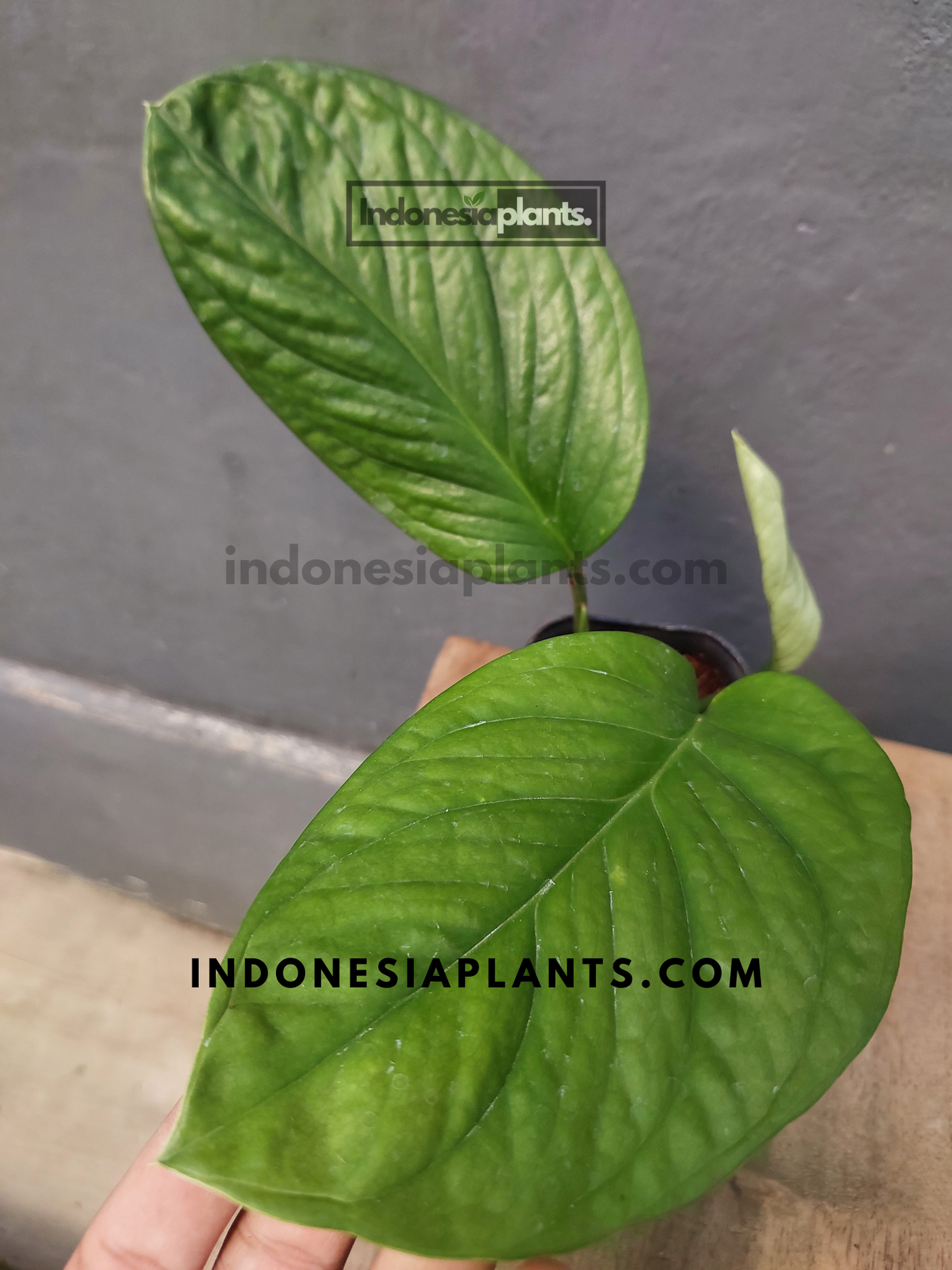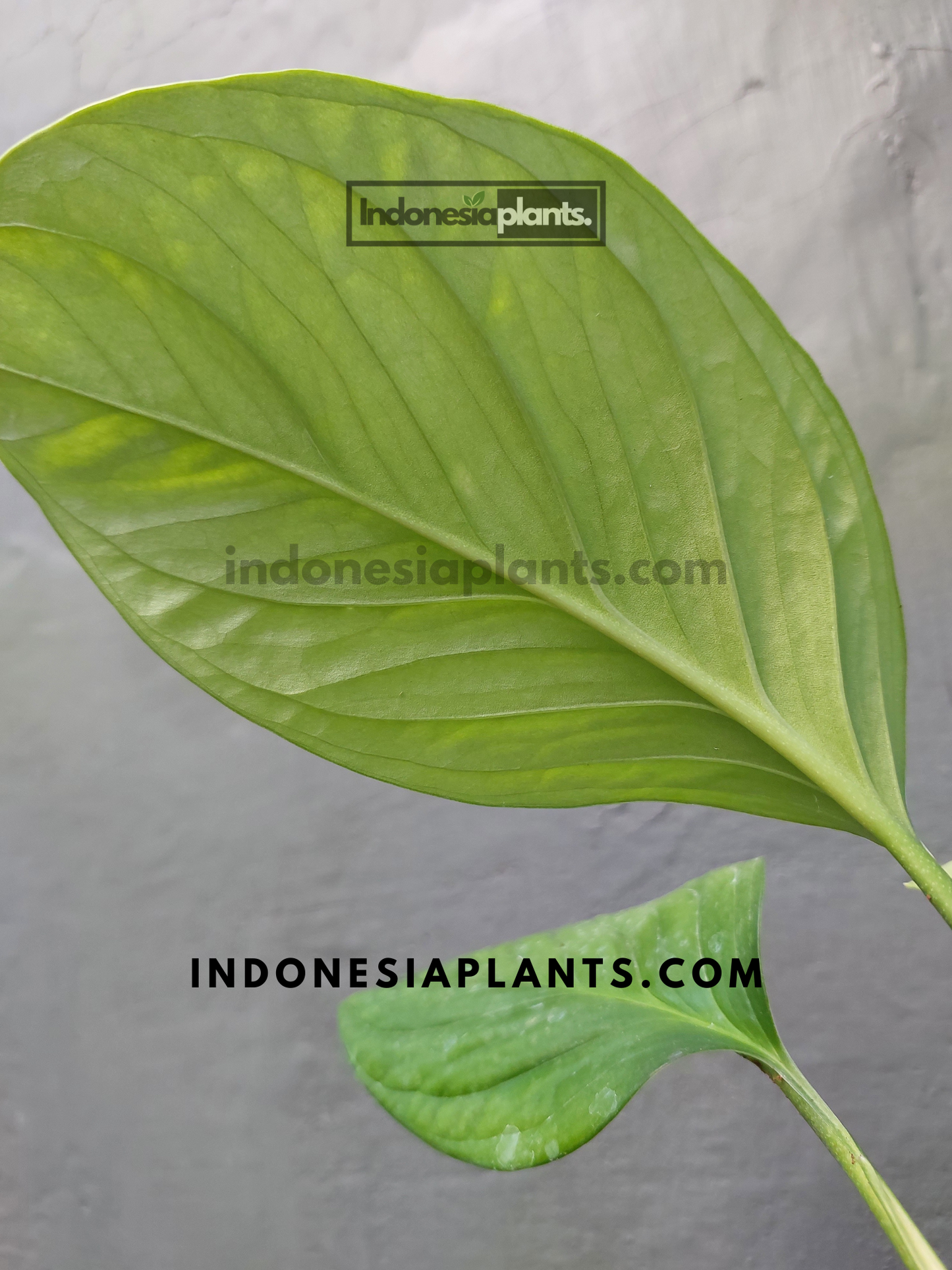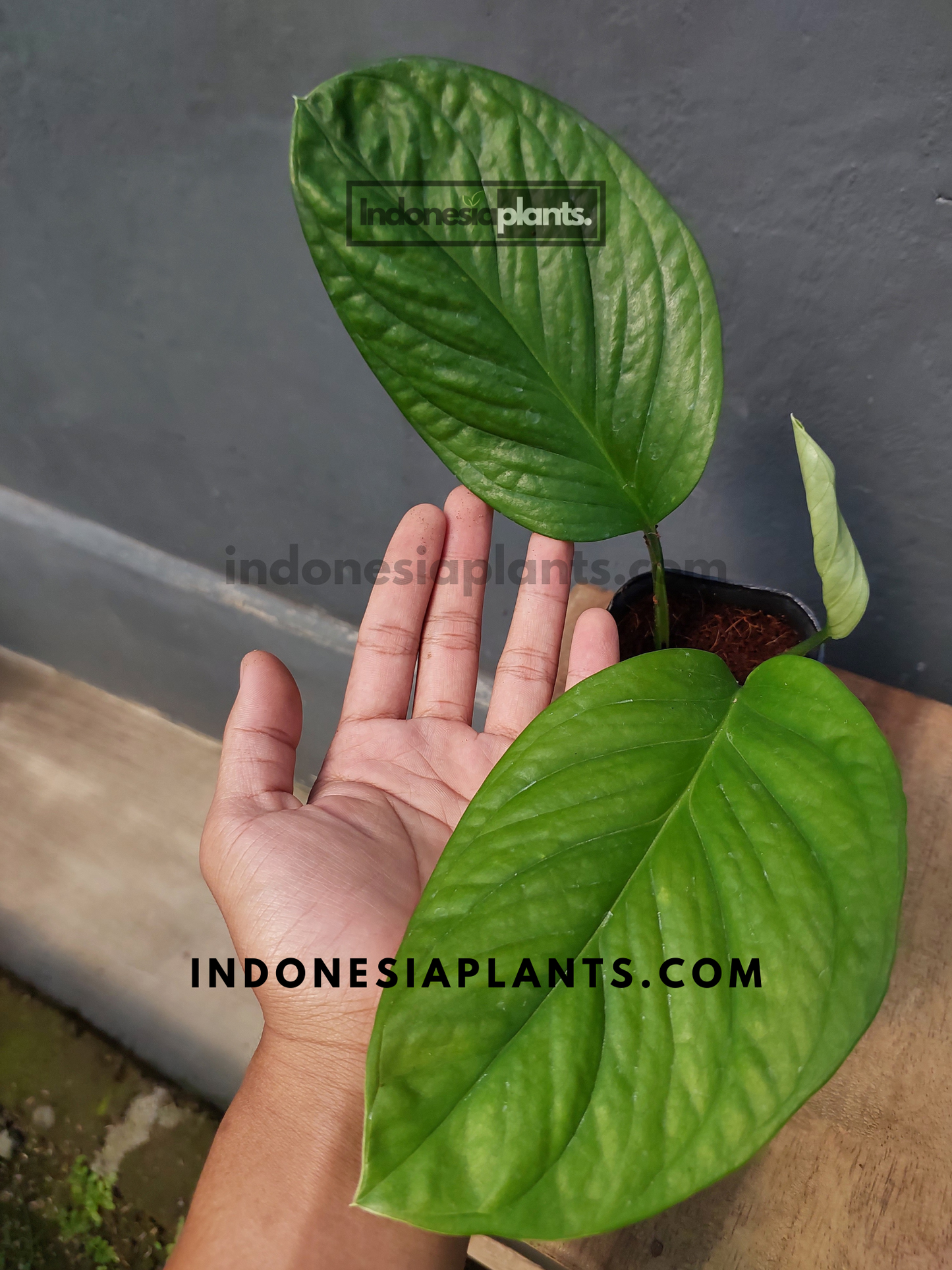1
/
of
4
indonesiaplants
Monstera Pinnatipartita
Monstera Pinnatipartita
Regular price
$7.00 USD
Regular price
Sale price
$7.00 USD
Unit price
/
per
Shipping calculated at checkout.
No reviews
Couldn't load pickup availability
See photos for reference of the plant features only. Sent to you more likely as featured with descriptions below:
Minimum of 3 leaves
Rooted not cuttings
Monstera Pinnatipartita
The Monstera Pinnatipartita is a unique and stunning member of the Monstera family, famous for its long, pinnate leaves that make a striking contrast with its fenestrated cousins. With an elegant look, this plant is ideal for collectors and those who love unusual foliage.
Key Features & Growth Characteristics:
- Leaf Shape & Growth: Pinnate leaves with long, narrow lobes that give this plant a tropical and exotic feel.
- Size & Growth Habit: A vigorous grower with the potential to become a large, sprawling plant if given the right conditions.
- Aesthetic Appeal: Offers a sleek, almost "cut-out" look with dramatic leaf shapes.
Botanical / Lineage
- Scientific name: Monstera pinnatipartita (Araceae)
- Common frame: climbing aroid with progressive leaf dissection as height and light increase
- Expression: juvenile leaves are entire and glossy; with support and consistency, blades become pin-split and increasingly architectural
Growth Architecture
- Habit: vertical vine; internodes shorten with firm support (moss pole, coco totem, or flat plank)
- Orientation: prefers to climb rather than trail; aerial roots actively seek a textured surface
- Indoor span: typically 70–160 cm (28–63 in) over time; leaf size increases noticeably with elevation and steady luminance
Leaf Specifications
- Juvenile: elliptic to ovate blades, smooth margins, satin-gloss finish
- Transitional: shallow lateral cuts appear; petioles lengthen and midrib strengthens
- Mature: deep, elegant pinna-like splits (not just holes), producing a clean, feathered silhouette that reads sculptural from across the room
Environmental Range
- Light: bright, diffused daylight (east exposure or a luminous room behind sheers); avoid harsh noon beams on tender tissue
- Temperature: 18–29 °C (65–85 °F) sweet spot
- Humidity: comfortable at ~50–70% RH; a modest bump refines cut definition and helps new leaves unfurl cleanly
- Air: gentle movement prevents stagnation around the aroid mix
Substrate Schema (by ratio)
- 40% chunky orchid bark
- 25% coco coir/fiber
- 20% pumice or perlite
- 10% horticultural charcoal
- 5% long-fiber sphagnum as a moisture buffer near the root zone
Goal: high oxygen availability with even, non-soggy moisture to drive confident leaf expansion.
Irrigation Protocol
- Trigger: water when the top layer just dries back; then soak thoroughly and allow complete runoff
- Cadence: consistent rhythm over frequent sips; extend slightly during low-light seasons
- Water quality: room-temperature, low-mineral preferred if your tap is hard
Nutrition Plan
- Active months: feed lightly at ¼–½ strength every 2–3 weeks
- Dormant/low light: halve the frequency; prioritize light quality and support before nutrients
- Indicator: good nutrition shows as steady internode spacing and crisp, glossy blades without softness
Training & Presentation
- Support: secure each node with soft ties; a flat plank emphasizes the feathered profile; a moss pole encourages larger, flatter blades
- Styling: tall, neutral planters (stone, sand, matte porcelain) keep focus on line and negative space; side light creates elegant shadow bands from the pin splits
- Companion plants: pair with rounder, solid foliage (e.g., velvety Anthurium) for shape contrast
Maintenance Cycle
- Rotation: quarter-turn every two weeks for balanced exposure
- Grooming: dust leaves so the sheen and venation read cleanly
- Pruning: tip-prune runners to densify the column; redirect wandering shoots back to the support
- Pet note: as with many aroids, keep foliage out of nibbling reach
Troubleshooting—Quick Read
- Long internodes / small leaves → Increase overall brightness (still diffused); check feed cadence.
- Pale margins or scorch → Filter midday sun; review watering consistency.
- Wilting after water → Mix too dense; increase bark/pumice fraction for oxygen.
Kindly reach out to us at indonesiaplants@gmail.com if you have difficulties in your purchase or have any questions.
No reviews







